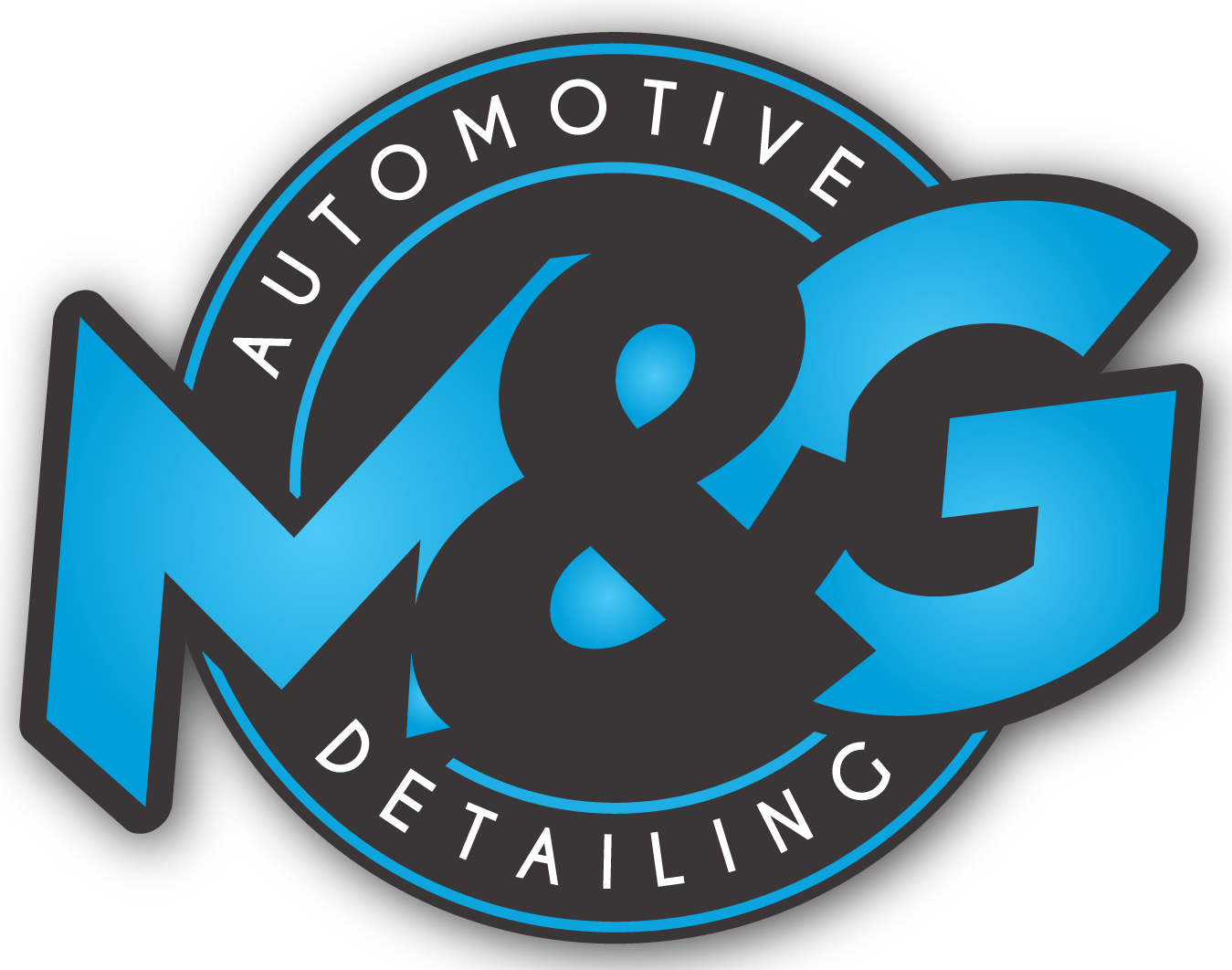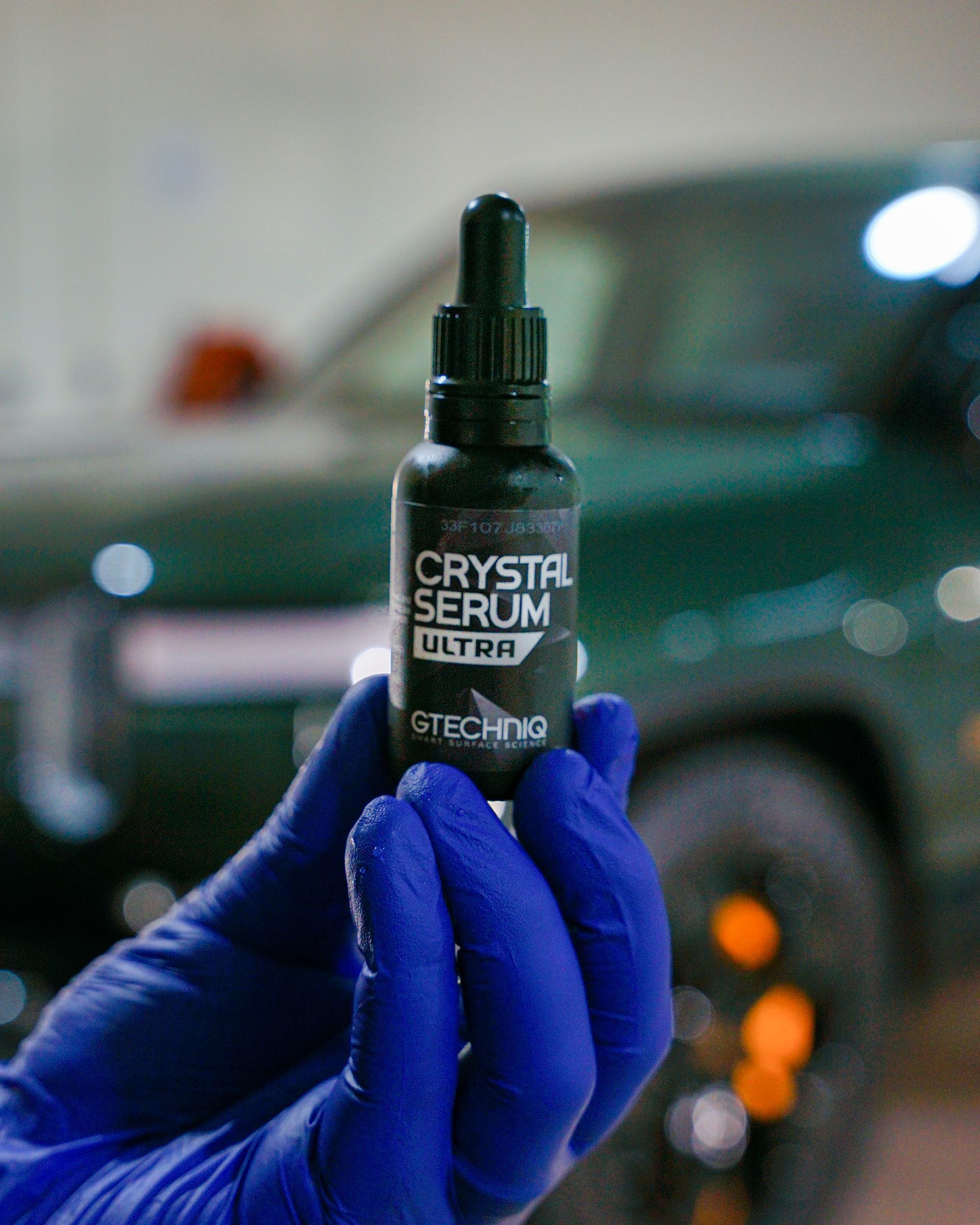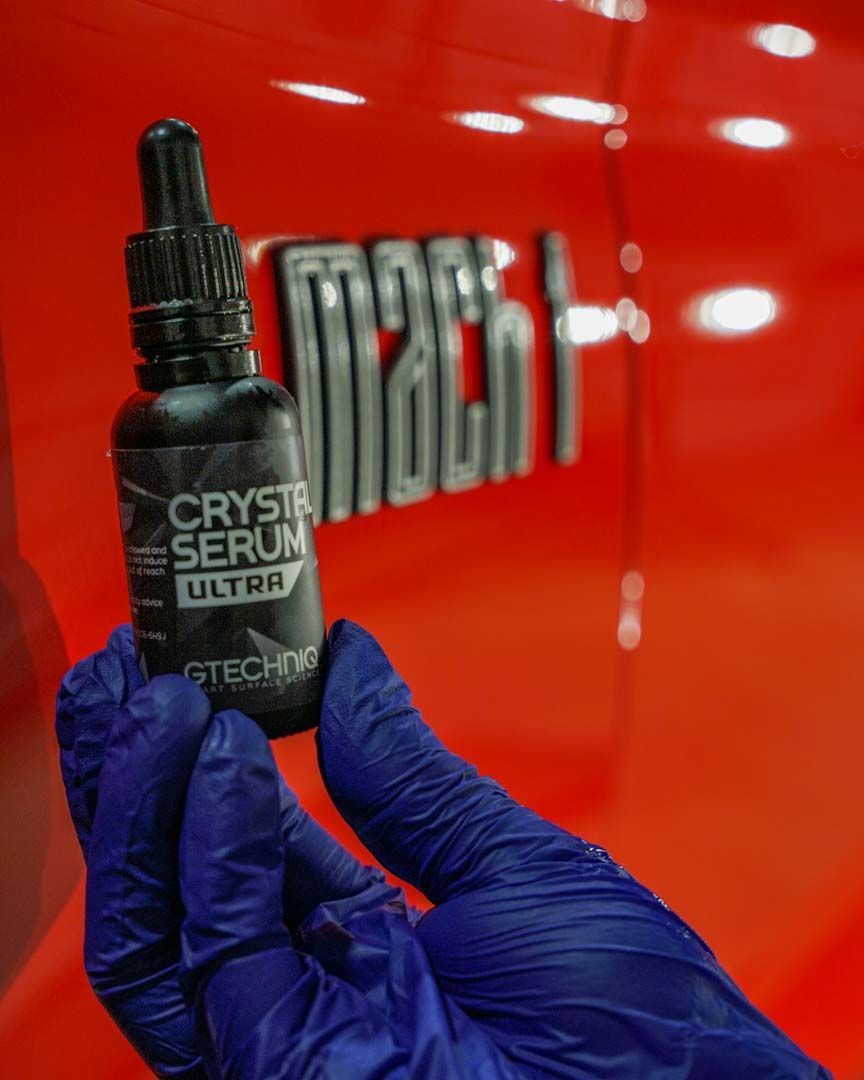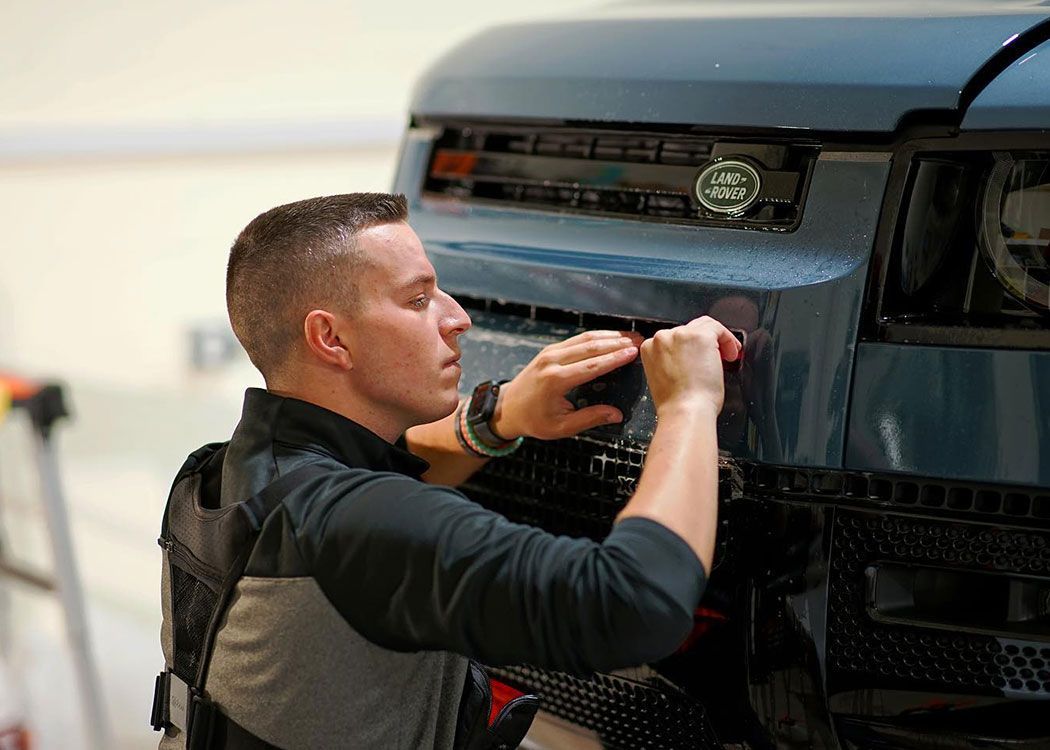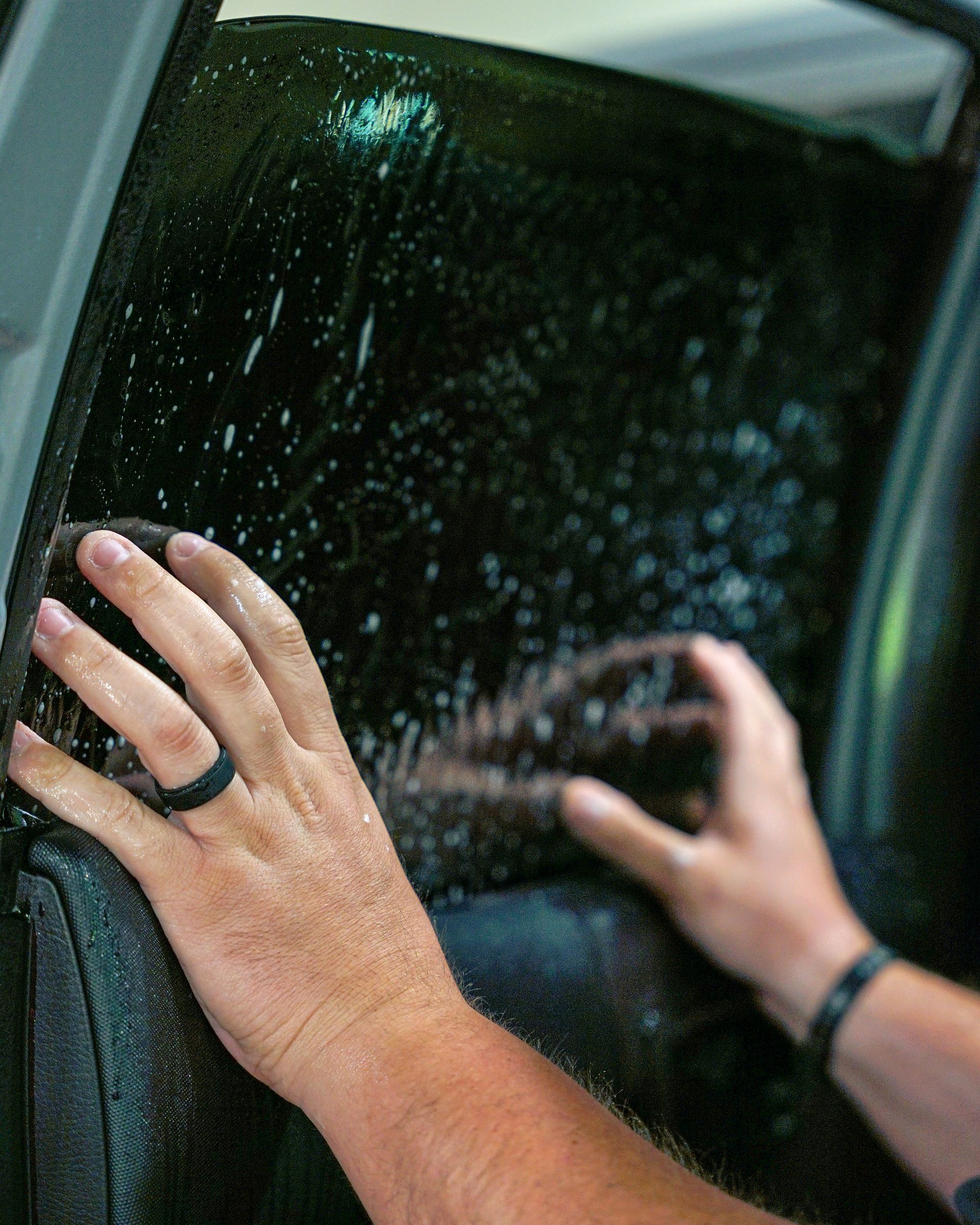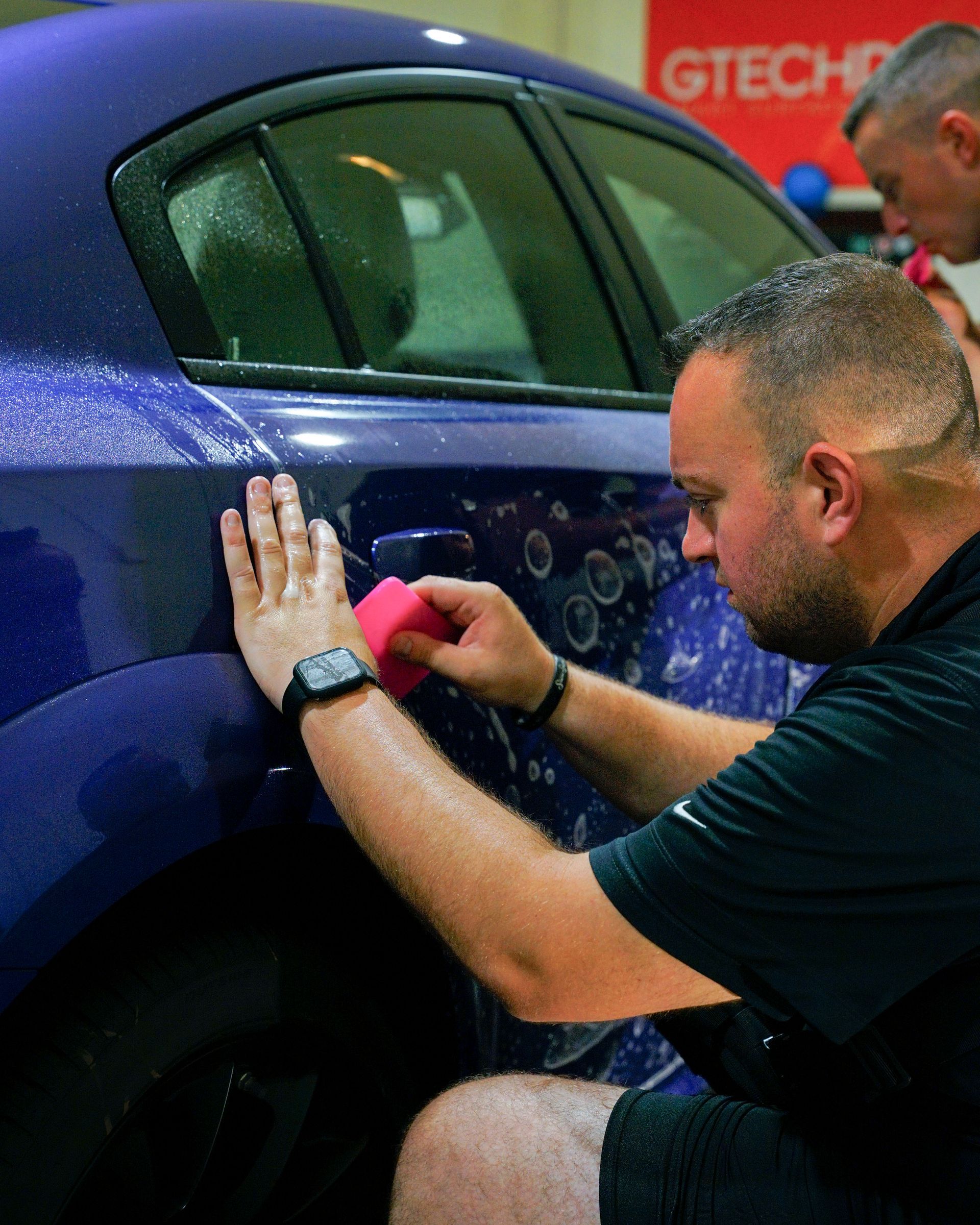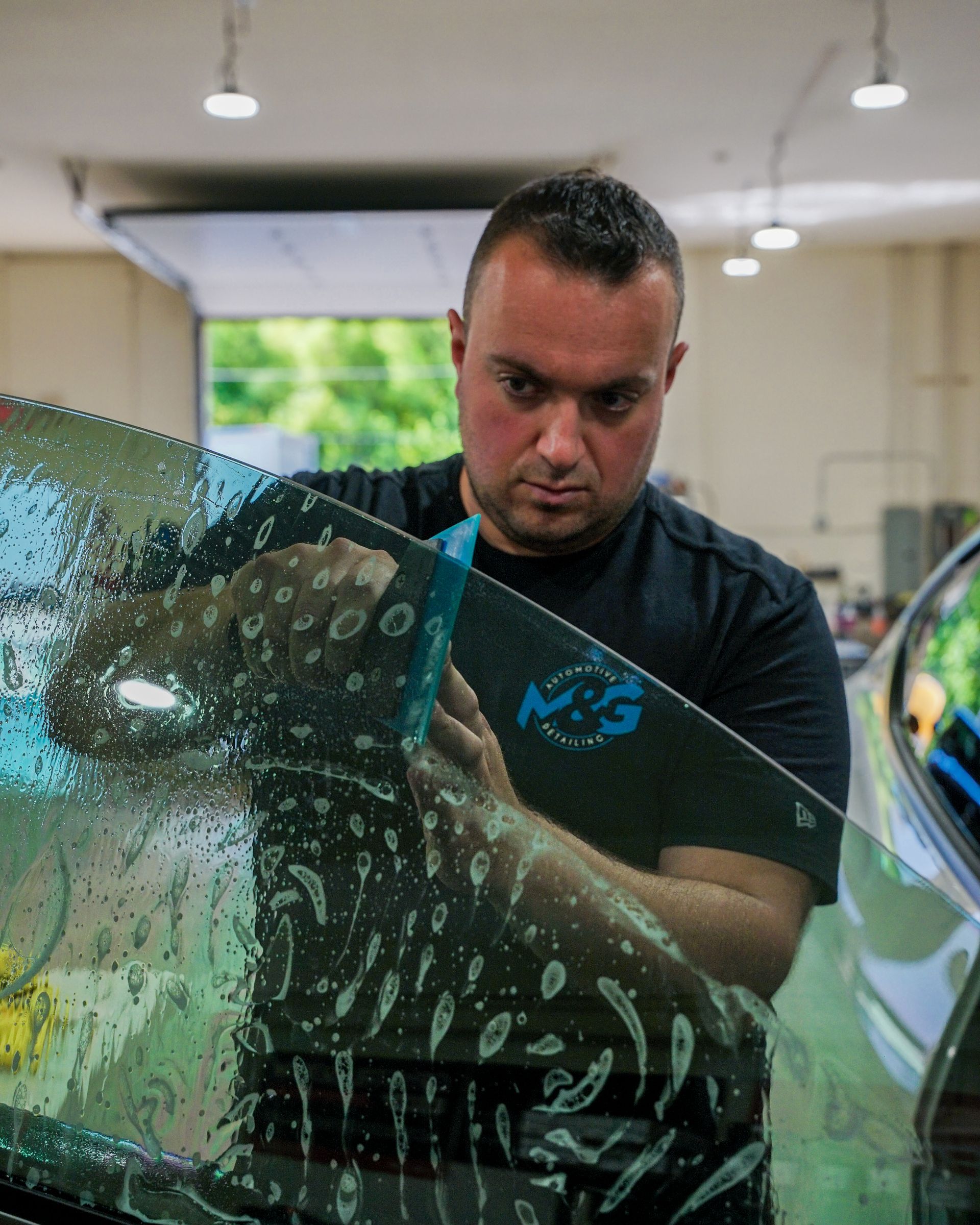Can Ceramic Coating Prevent Water Spots? Benefits and Protection Explained
When you invest in your vehicle's appearance, the last thing you want is to be greeted by unsightly water spots. Fortunately, ceramic coatings offer impressive benefits that can significantly reduce these frustrating blemishes. These advanced protective solutions create a powerful shield against water and contaminants while maintaining that showroom shine longer than traditional methods. In this article, we'll explore how ceramic coatings work, their hydrophobic properties, and effective ways to keep your vehicle looking pristine while minimizing water spots.
How Ceramic Coating Helps With Water Spot Prevention
Ceramic coating acts as a protective barrier between your car's paint and the elements that threaten its integrity. This advanced technology creates a hydrophobic layer that enhances your vehicle's shine and significantly repels water. When rain or water contacts the surface, it beads up and rolls off rather than settling into the paint. This property helps prevent dirt and contaminants from adhering to the surface, providing you with an easier cleaning experience. Ceramic coatings can reduce water spot formation significantly compared to untreated paint surfaces. However, while these coatings dramatically minimize water spot formation, they don't completely eliminate the risk. Hard water contains high levels of minerals like calcium and magnesium. When hard water dries on your vehicle, it can leave stubborn deposits that may bond to the coating if left unattended over time.
Understanding Water Spot Formation
Water spots typically originate from two main sources: minerals in washing water or exposure to natural elements. If you're washing your car with untreated tap water, which often contains various minerals, you'll likely encounter water spots due to evaporation leaving behind mineral deposits. The encouraging news is that you have significant control over these conditions. Using filtered water whenever possible for rinsing your vehicle can dramatically reduce mineral content, minimizing the chances of spotting altogether. This simple change can make a substantial difference in maintaining your vehicle's appearance.
Best Practices for Maintenance
Regular maintenance is essential for keeping your ceramic-coated vehicle looking pristine while maximizing spot prevention. One effective strategy involves incorporating gentle washing techniques that help encapsulate mineral particles during cleaning, preventing them from settling into your coating during the drying process. Avoid using traditional spray waxes or polishing products after applying a ceramic coating, as they may interfere with the hydrophobic properties you've worked to establish. Instead, use products specifically designed for ceramic-coated vehicles to enhance and maintain those protective properties without compromising the coating's integrity.
Understanding Hydrophobic Properties
Hydrophobic surfaces possess a "water-repelling" characteristic, meaning they actively repel water rather than allowing it to adhere. This unique behavior occurs due to the microscopic structure and chemical composition of the surface. When applied to vehicles, ceramic coatings use nanotechnology to enhance these properties, creating a barrier that prevents water from lingering on the surface.
By increasing surface tension, ceramic coatings make water bead up and roll off instead of spreading out and forming puddles. This prevents water spots from settling onto the vehicle's paint. The effectiveness is measured by the "contact angle"—how "steeply water beads up on a surface. On a properly applied ceramic coating, this contact angle often exceeds 110 degrees, indicating a highly effective hydrophobic surface. This technology mimics natural phenomena found in nature, such as how water droplets form perfect beads that effortlessly roll off certain plant leaves, helping keep them clean and functioning optimally. Ceramic coatings apply this same principle to vehicle surfaces using advanced technology.
Ceramic Coating vs. Traditional Wax Protection
Both ceramic coatings and traditional waxes aim to protect your car's paint, but they function in fundamentally different ways. Wax provides a layer of gloss and protection that typically lasts only a few months before requiring reapplication. In contrast, ceramic coatings are engineered for durability. They chemically bond with the car's clear coat, offering protection that can last three to five years with proper maintenance, making them a more long-term solution.
- Durability and Longevity: When considering durability, ceramic coatings offer superior longevity. While wax provides an attractive finish, it requires frequent reapplication every few months. Investing in a ceramic coating means less frequent maintenance and fewer trips for detailing services over time.
- Protection Level: Ceramic coatings provide superior defenses against UV rays, which can cause fading and clear coat deterioration, as well as chemical stains from bird droppings and road contaminants. The additional hardness and hydrophobic properties mean that water simply rolls off, taking dirt and debris with it while keeping the car looking cleaner for longer periods.
Application Options: DIY vs. Professional
When applying ceramic coatings, you can choose between a do-it-yourself approach or professional installation. DIY kits are more affordable and designed for ease of use, but they typically offer shorter durability, averaging one to two years of protection. Professional applications cost more but provide several advantages. Professional installers have extensive training and experience, allowing them to expertly prepare your vehicle's surface for optimal coating adhesion. This careful approach typically results in a more durable coating that can last three to seven years with proper maintenance.
Comprehensive Benefits for Vehicle Owners
- Enhanced Aesthetic Appeal: One of the most notable advantages of ceramic coatings is their ability to enhance your vehicle's visual appeal. The glossy finish elevates your car's appearance, giving it a freshly detailed look while making routine cleaning easier. Dirt and grime don't adhere as stubbornly to the surface, reducing cleaning time and effort.
- UV and Oxidation Protection: Ceramic coatings provide essential protection against harmful UV rays. Prolonged sun exposure can lead to paint oxidation, causing fading and dullness. With a protective barrier in place, your vehicle is safeguarded against these damaging effects, helping maintain its vibrant appearance over time.
- Chemical Resistance: These coatings provide substantial chemical resistance, effectively shielding your car's finish from corrosive substances like bird droppings, tree sap, and road salts. Without protection, these elements can damage the paint surface over time.
Important Considerations Before Choosing Ceramic Coating
Ceramic coatings aren't universal solutions for every vehicle owner. Consider how the benefits align with your driving habits and lifestyle. If you drive frequently in harsh conditions or expose your vehicle to various environmental elements, ceramic coating can offer substantial protection. However, if your car spends most of its time in a garage, the advantages may be less pronounced.
Cost Considerations
Professional ceramic coating applications represent a significant investment, typically ranging from several hundred to several thousand dollars depending on your vehicle's size and the complexity of the application. While DIY options are more affordable, they may not offer the same durability or professional results. The longevity of ceramic coatings depends heavily on proper maintenance. Regular care is crucial, including routine washing with appropriate products every few weeks to ensure contaminants don't compromise the coating's effectiveness.
Maintenance Best Practices for Ceramic-Coated Vehicles
- Gentle Cleaning Methods: Use gentle cleaning methods to preserve your ceramic coating's protective qualities. Opt for pH-neutral car shampoos specifically formulated to clean without compromising hydrophobic properties. Use soft microfiber mitts and towels to minimize any potential surface damage during cleaning.
- Proper Washing Technique: Always rinse thoroughly before washing to remove loose dirt and debris. Implement a two-bucket washing method—one for soapy water and another for rinsing your cleaning mitt. This technique prevents transferring contaminants back onto the surface during cleaning.
- Regular Inspection: Conduct routine inspections of your ceramic coating for any signs of wear or diminished hydrophobic effectiveness. Addressing minor issues promptly can prevent more significant problems and extend the coating's lifespan.
Ceramic coatings offer substantial benefits for water spot prevention through their advanced hydrophobic properties and durable protective barrier. While they significantly reduce water spot formation, proper maintenance and realistic expectations are key to maximizing their effectiveness. Whether you choose DIY application or professional installation, ceramic coatings represent a valuable investment in maintaining your vehicle's appearance and protecting its finish from environmental damage. By following proper maintenance practices and understanding the technology behind ceramic coatings, you can enjoy long-lasting protection and keep your vehicle looking its best for years to come.
Cherry Hill’s Ceramic Coating Pros
Give your vehicle the protection it deserves with M&G Automotive Detailing’s expert ceramic coating services in Cherry Hill, NJ. Our
high-quality coatings are designed to lock in a brilliant finish while defending your paint from harsh weather, road grime, and daily wear. With precision application and premium-grade products, we help your car maintain a head-turning gloss and long-lasting surface protection. Ready to keep your car looking its best for miles to come? Contact us today to
schedule your ceramic coating appointment!
